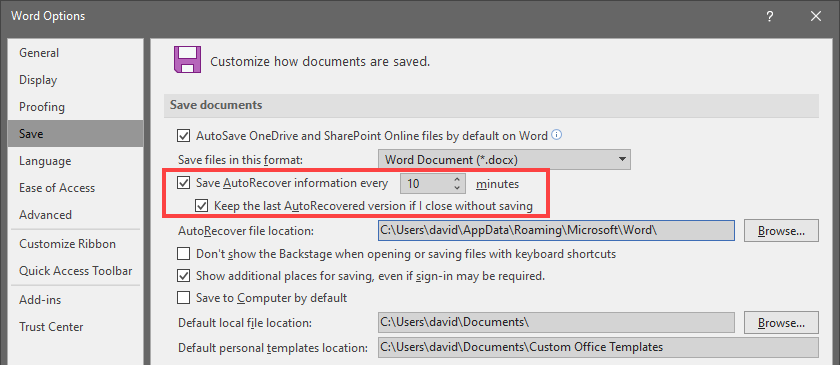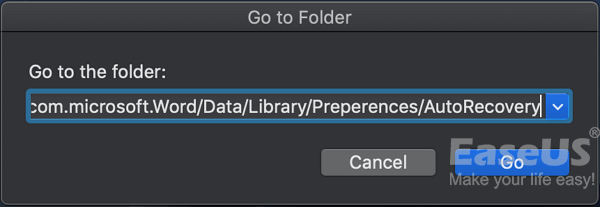
Step 1:
Open your Microsoft Word document, and locate the Review tab.
Step 2:
Locate the Track Changes icon in the Tracking panel; be sure that the Track Changes is switched off. If Track Changes is switched on, as in the screen shot below, make sure you click on the ON icon to turn this feature off. If you continue with the Track Changes feature on, your changes will be recorded.
Every Mac owner has experienced crashes, freezes, and the dreaded spinning baseball of death. When these things occur, give your Mac a little time. The CPU may be temporarilly overloaded and will. How to Change the Default Font on Microsoft Office for a Mac. Microsoft Office for Mac is a suite of applications that includes Word for creating text documents and Excel for making spreadsheets. Step-by-step tutorial to enable NTFS read-write on macOS Big Sur/Catalina/Mojave/High Sierra. Learn how to install and use Microsoft Edge for Mac, including some compelling reasons to switch to the Edge browser for macOS altogether. There's nothing more frustrating than kicking-back to watch a movie or TV series and finding that Netflix is not working properly on your Mac.
Step 3:
In the following screen shot, we have disabled the Track Changes feature. The next step is to place your cursor at the top of the document and click Next in the Changes panel. The cursor will advance to the first proposed correction.
Accidentally Hit Discard Changes Microsoft Word Mac Version
Step 4:
To accept the proposed change, click the Accept button. Once you click Accept, your text will be replaced with the proposed correction and the cursor will advance to the next correction.
Tips:
To accept all changes in the document, click the dropdown arrow of the Accept icon and select Accept All Changes in Document. Editor comments will need to be addressed separately.
For users in the US, Word automatically displays the ribbon and commands in English and makes English the default language for spell-checking text and suggesting corrections. However, if you often work with documents in other languages, you can change the language in Word. This will make your work much easier. There are actually two different language settings in Word:
The display language is the language in which user controls and menus are displayed. The editing language is the language of the document. This language is important for checking spelling and suggesting corrections. For example, if spell check is not working, Word could be set to the wrong editing language. However, you can easily change the spell check language in Word.
Changing the display language in Word
To change the display language in Word, click “File” on the ribbon and then “Options”. In the next dialog box, select “Language” in the sidebar on the left. The display language and help language are now displayed at the bottom of the dialog box. By default, Word uses the language of the Windows operating system as the display language. However, you can select a different language at any time and click “Set as Default” to make it your default for future documents. This setting isn’t applied until you restart Word. The user interface is then displayed in the new language.
Select a help language in the list box on the right. By default, the help language is the same as the display language. This is the language in which help is displayed in Word. You can also change this language: For example, if you normally use Word in English but have a different native language, you can display help in your native language without changing the language of the user interface in Word. After making your changes, click “OK” at the bottom of the window and restart Word.
Changing the editing language
You can also change the editing language in the same dialog box under “File” -> “Options”. In the “Language” section, all installed editing languages are displayed at the top of this dialog box. To enable a language, click one of the languages marked “Not enabled”. You can add additional editing languages in the list box below the list of editing languages. Word allows you to choose from over 100 languages and dialects. Select the desired language and enable it. In some cases, you may have to download additional proofing tools, e.g. if a language is written from right to left.
Once you’ve enabled the language you want, click “Set as Default” to use this editing language for all new documents. Save your changes by choosing “OK”.
Changing the display language in Word Online
Word Online edits documents in OneDrive and uses the same display language as OneDrive.


1. Go to onedrive.live.com, click the settings icon in the upper right corner of your browser and then click the language currently displayed.
2. Now you can select a different display language for OneDrive from the list.
3. Save your changes by choosing “OK”. The OneDrive interface is then displayed in your browser in the new language.
Accidentally Hit Discard Changes Microsoft Word Mac Os
4. You have to confirm a second time to verify that you can read the new language.
5. The user interface of Word Online will appear in the new language once you have confirmed a second time.
Microsoft 365 is a server-based office solution that includes the popular Office applications Word, Excel and PowerPoint and is ideal for home users and small businesses. Automatic updates ensure that you always have the latest version.
Changing the editing language in Word Online
In Word Online, the editing language is set individually for each document. Open a document, select all text using the keyboard shortcut Ctrl + A or select several paragraphs. Right-click within the selected area. A toolbar and a context menu will appear. In the context menu, select “Set Proofing Language”. A list of available languages will appear. Select the language you want to use and click “OK”.
How to change Word language on a Mac

The procedure for setting the language is slightly different in the macOS version of Microsoft Word. To change the editing language on a Mac, go to “Tools” -> “Language” and select the desired language. If you want to use this editing language as the default language for all new documents, click the “Default” button.
The display language for Word cannot be changed independently of the operating system language in macOS. Word always uses the system setting on a Mac. If you want to change the display language for the user interface, you have to change the language for the operating system. You can find this setting in the Apple menu under “System Preferences” -> “Language & Region”.
